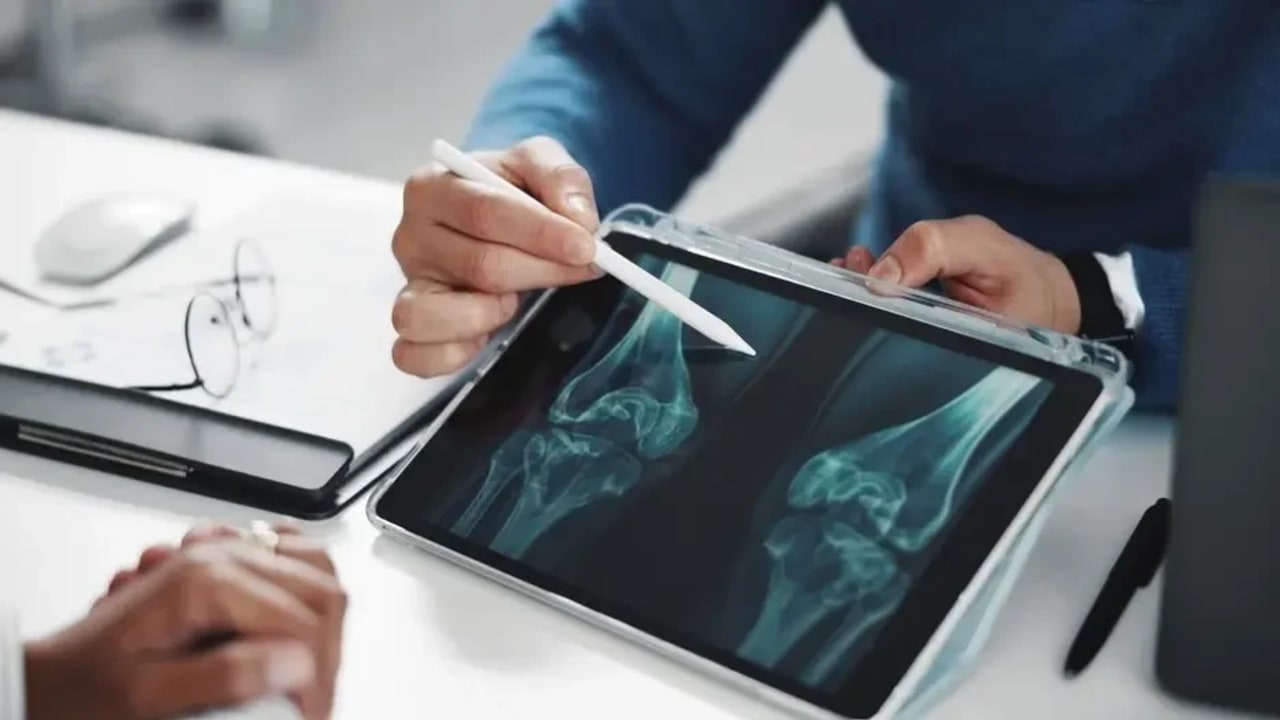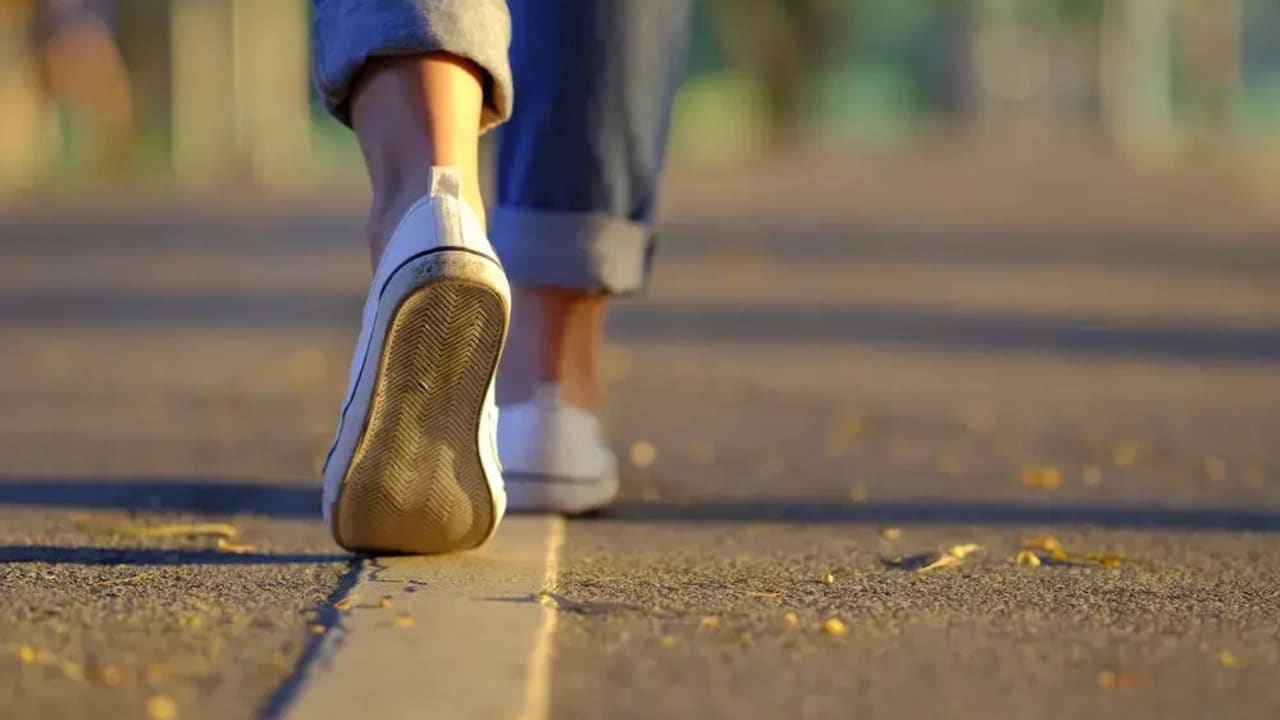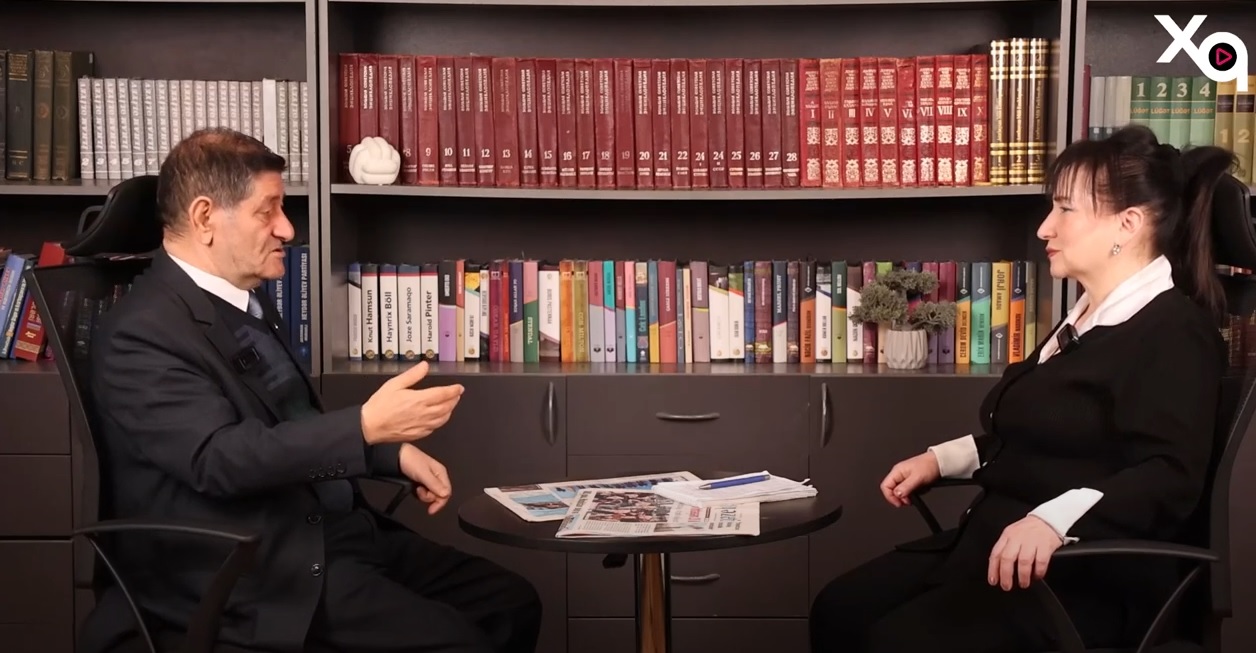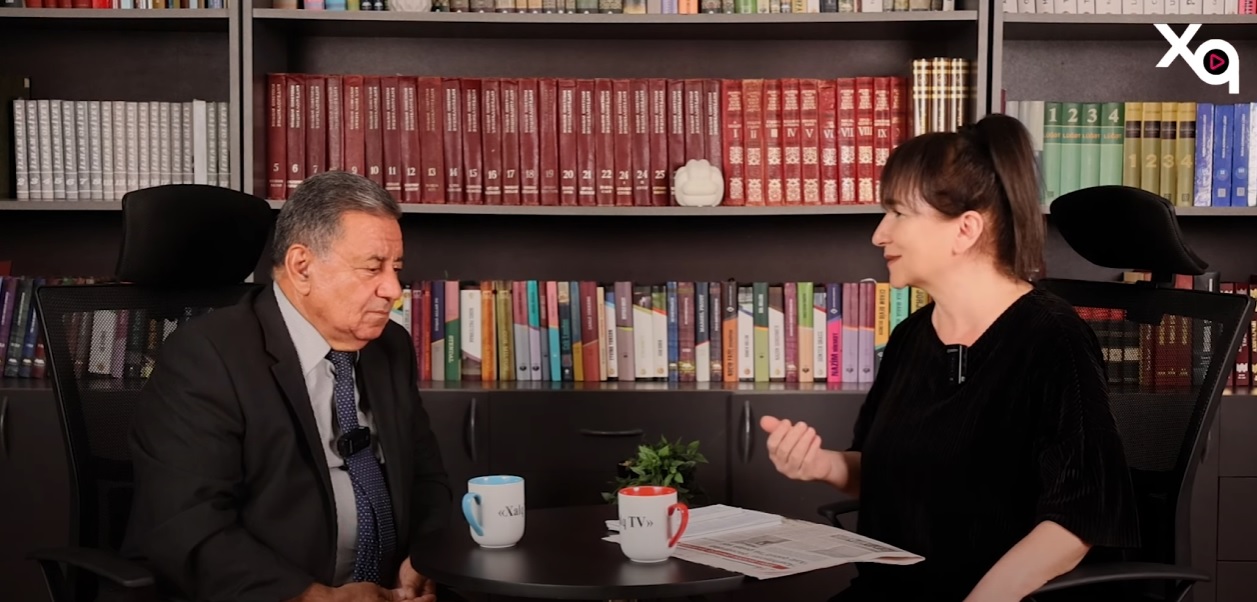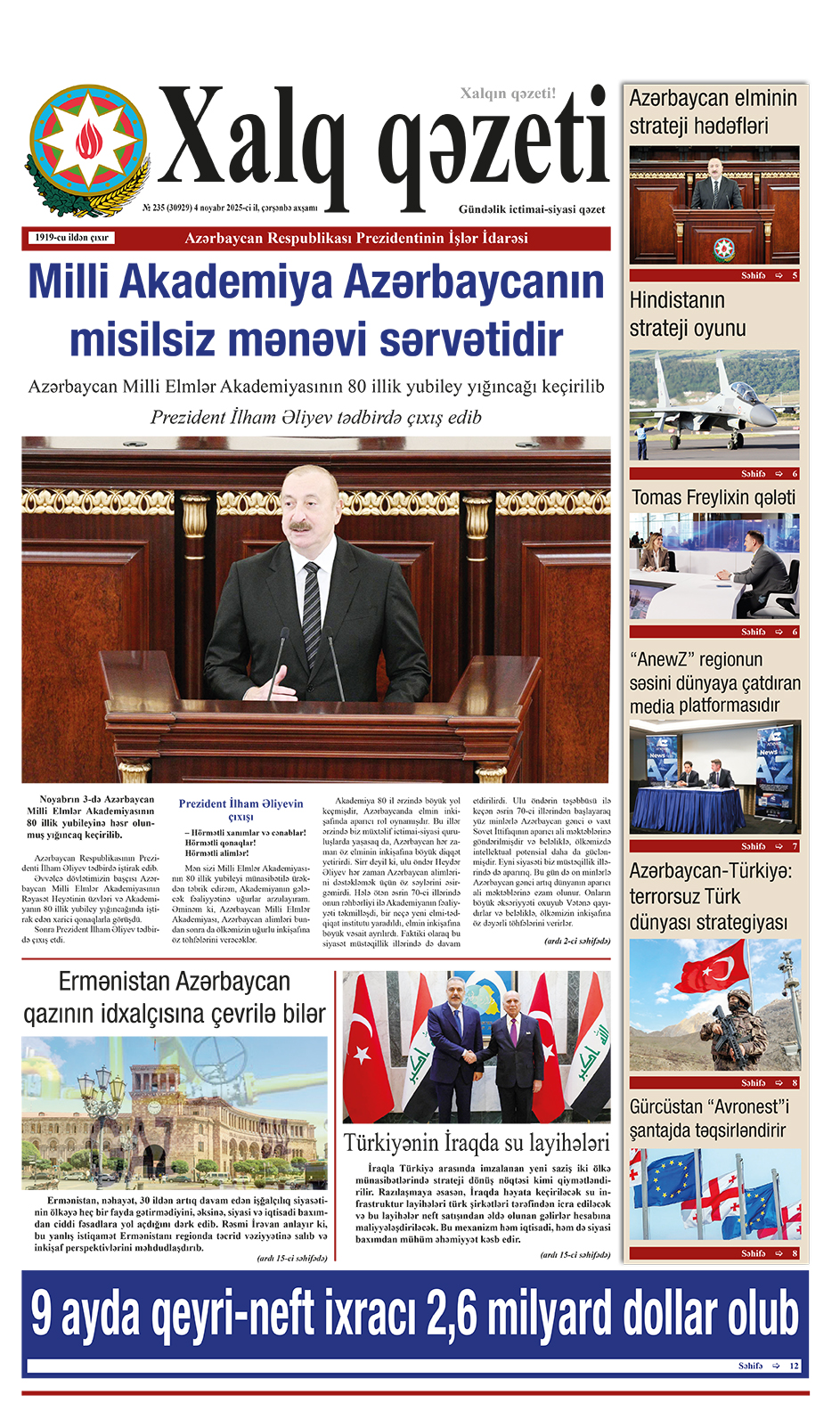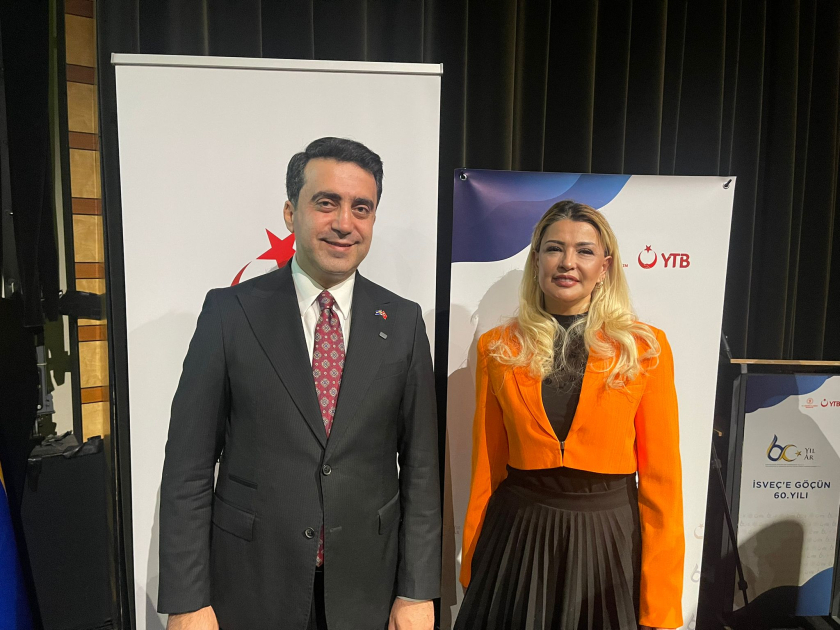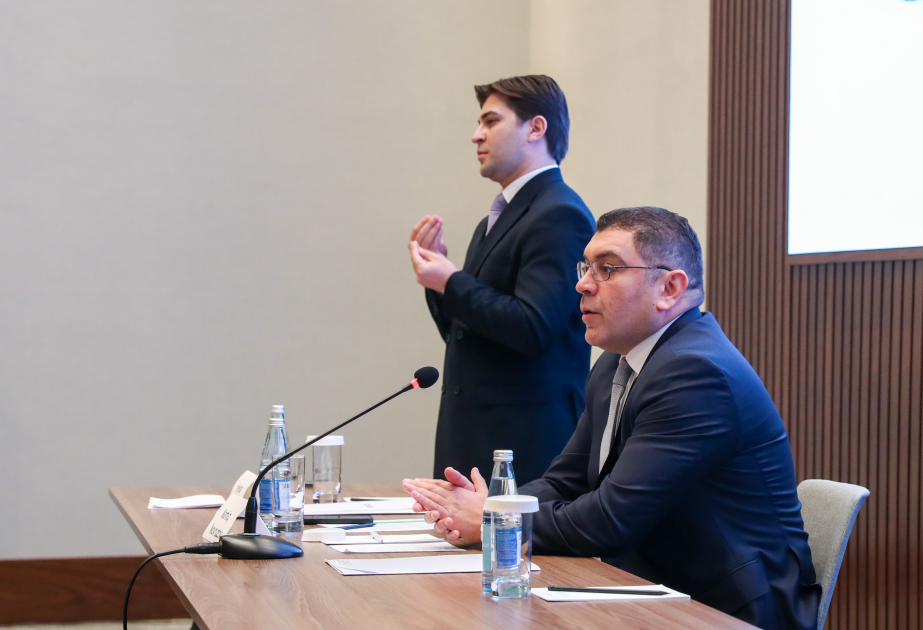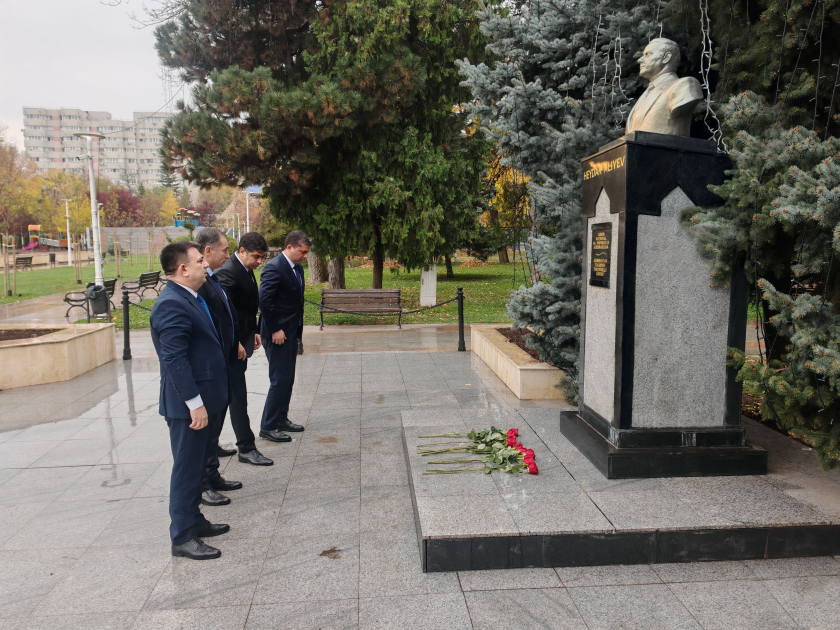Jerusalem Post
ByWALLA! HEALTH
It develops slowly and quietly and is not accompanied by pain—until a fracture occurs. Who is at risk for osteoporosis, and why is it so important to start doing this type of exercise right now?
Osteoporosis is one of the most common diseases among the elderly population, affecting millions of people worldwide. The disease causes bone depletion and increases the risk of fractures, which can significantly impair quality of life. Despite the existing medical knowledge, there are still many myths—most of them false—regarding the prevention and treatment of osteoporosis, especially when it comes to physical activity, which is a key factor in both preventing and treating the disease.
Dr. Tamar Cohen-Cesla, a specialist in geriatric medicine, and Dafna Grossman, head of the physiotherapy institute at Maccabi Healthcare Services, set the record straight and debunk common myths about fitness and osteoporosis.
Who is at risk?
Osteoporosis is a chronic disease in which bone density decreases and bones become weaker, leading to an increased risk of fractures. Its prevalence in the population is very high—one in three women over the age of 50 will develop it, as well as one in five men over the age of 65. Osteoporosis is also known as “the silent disease,” since it develops slowly and quietly and is not accompanied by pain until a fracture occurs. The most common fractures occur in the hip, spine, and wrist.
The risk of fractures due to osteoporosis is one of the most concerning aspects of the disease. An osteoporotic fracture may occur even from minor trauma, such as a fall from standing height—or even without any trauma at all.
Such a fracture can have devastating effects on quality of life. Beyond the severe pain caused by the fracture, it often leads to significant limitations in daily functioning, and in some cases even to a state of dependency and the need for nursing care. A fracture also increases the risk of mortality. The most severe osteoporotic fracture is a hip fracture. About one-fifth (20%) of patients who suffer from this fracture die within the first year after it, and about 25% more experience a decline in functional ability, to the point of moving from an independent state to a dependent one.
Today, research shows that people who have suffered an osteoporotic fracture are at significant risk for another fracture, especially during the first few years after the initial one. In a study conducted in Ireland and published last April in the journal Osteoporosis International, which followed about 5,000 people aged 65+ who had previously experienced an osteoporotic fracture, it was found that about 43% of women and 34% of men experienced another fracture during a follow-up period of up to 16.6 years. Of these, about 42% of women and 33% of men experienced more than two fractures. Additionally, the risk of death within 5 years was particularly high following hip fractures (30%-50%) and vertebral fractures (24%-55%). The researchers concluded that after an osteoporotic fracture, there is an increased risk for another fracture for up to 6 years, so preventing the next fracture is of great importance.
How will I know if I am at risk of developing osteoporosis?
There are several risk factors that increase the likelihood of developing osteoporosis:
● Age: The older you get, the greater the risk of the disease.
● Gender: Women, especially after menopause, are at higher risk due to hormonal changes that affect bone loss.
● Genetics: A family history of hip fracture in one of the parents increases the risk.
● Smoking: Smoking is associated with an increased risk of fractures.
● Glucocorticoid medications: The use of drugs such as prednisone, hydrocortisone, and dexamethasone can weaken bones.
● Alcohol: Excessive alcohol consumption is associated with an increased risk of fractures.
● Sedentary lifestyle: Lack of physical activity reduces the body’s ability to maintain normal bone density.
Why does lack of physical activity weaken bones?
Bone is living tissue and therefore responds to the loads placed on it. Wolff’s Law states that bone is built as a result of the physical stresses applied to it. In the absence of physical load, the bone weakens. A good example is astronauts, who in the past used to return from space missions after several months suffering from bone loss due to the lack of gravity. That is why today NASA requires astronauts to perform daily physical activity of about two and a half hours to maintain bone mass.
A sedentary lifestyle leads to bone depletion. Frequent standing up from sitting and walking are essential for maintaining bone health. It is also very important to engage in physical activity at a young age. Studies show that 60% of the likelihood of developing osteoporosis depends on bone building during the first 20 years of life. The sedentary lifestyle of “screen children” may lead to a serious problem in the future.
Myths about osteoporosis – true or false?
“Osteoporosis is a disease that only affects women”
Women are indeed at higher risk of developing osteoporosis, especially after menopause, but men are also at risk. About 20% of men over the age of 65 will develop osteoporosis. Due to low awareness of the disease among men, many may miss proper diagnosis and treatment. Moreover, men are often not treated after their first osteoporotic fracture, which increases their risk of additional fractures, complications, and even death.
“I have no pain, so I probably don’t have the disease!”
Osteoporosis, known as “the silent disease,” is not accompanied by pain in its early stages until a fracture occurs. Therefore, many are unaware of its existence until that point.
“It’s impossible to strengthen bones at an older age”
Strengthening bones is absolutely possible even at an older age. Recent studies show that strength and resistance training can increase bone mass and reduce the risk of fractures. For example, the LIFTMOR study published in 2018 showed that women over 60 with osteoporosis who participated in a training program twice a week for 8 months improved their bone density without negative side effects. A follow-up study conducted in 2020 among men showed similar results, with significant improvement in bone mass in the hip and lower back.
“I shouldn’t exercise – I might break a bone!”
The opposite is true. Physical activity is one of the most important components in the treatment and prevention of osteoporosis. When performed in a controlled and supervised manner, the risk of fractures actually decreases. Studies have shown that exercise tailored to the patient’s condition improves balance, strengthens muscles and bones, and reduces the risk of fractures.
“I eat a lot of dairy products, so my bones are surely strong”
Calcium and vitamin D are very important for bone health, but they are not enough on their own. The body also needs physical activity to maintain strong bones. Studies have shown that exercise is essential not only for maintaining bone mass but also for strengthening it. The combination of proper nutrition and physical activity is the key to bone health.
“I have osteoporosis, but I walk every day, so my bones are strong enough”
Walking is excellent for improving general fitness and cardiovascular health, but it does not provide the load necessary for significant bone strengthening. Studies have shown that activities that involve higher impact, such as jumping, hopping, and strength training, are the most effective for strengthening bones.
What types of physical activity are recommended for strengthening bones?
The central part of a program for preventing and treating osteoporosis is based on tailored physical activity. While nutrition and supplements are important, proper exercise is a powerful tool for strengthening bones and maintaining daily function. Below is a detailed overview of the recommended types of activity, based on current research in the field:
1. Strength training (resistance)
Strength training, which includes working with weights, resistance bands, or exercises using body weight, is the foundation for strengthening muscles and bones. Strong muscles can better support bones, reduce the loads placed on them, and increase bone strength in critical areas such as the hip, spine, and wrist. It is important to note that according to the principle of specificity, strengthening certain muscles strengthens only the bone in that area, so it is important to choose exercises that strengthen the areas most prone to osteoporotic fractures.
2. Load (impact) training
Load or impact training is critical for building bone mass. Exercises that involve bearing weight on the limbs—such as running, jumping, hopping, or even stomping—apply a high load on the bones, signaling the body to strengthen bone tissue in the loaded areas. Research shows that the greater the load the bone bears, the stronger it becomes.
A good example is astronauts in space, who, due to the absence of gravity, suffer from significant bone loss upon returning to Earth. To prevent this, they perform daily exercises that simulate physical loading, including treadmill running and resistance training.
3. Balance training
Balance is a critical factor in preventing falls, which can lead to osteoporotic fractures. Balance exercises such as yoga, tai chi, and posture-strengthening movements help maintain body stability, reduce the risk of falls, and enhance the ability to control body movements in different situations. Studies show that regular balance training reduces the risk of falls, especially among older adults with osteoporosis. While it does not directly affect bone density, it is crucial for reducing fall-related fracture risks.
Studies examining the combined effects of these types of exercise on osteoporosis patients indicate that the most effective program includes all of these components together. Resistance training alone or aerobic exercise alone does not provide enough bone load to strengthen it adequately. Therefore, it is important to combine various types of exercises and maintain gradual progression and consistency over time.
It is important to note that in the past, it was recommended to avoid bending and twisting movements of the torso, especially in people with severe spinal osteoporosis or a history of fractures. This appeared in guidelines in many countries and caused many people to avoid exercises such as yoga and Pilates.
Today, the knowledge on the subject is broader, and it is understood that forward bending is generally safe and does not cause spinal fractures. However, it is still customary for people with spinal osteoporosis or a high risk of fractures to avoid frequent bending and twisting movements, or those involving heavy lifting or extreme ranges of motion, as well as fast movements in those directions. Such individuals are advised to consult a doctor or specialist physiotherapist to build a safe, gradual, and personalized exercise program.
In conclusion, the most effective way to prevent and treat osteoporosis is not limited to nutrition and supplements—it requires combining tailored physical activity. Strength training, impact training, and balance training work together to increase bone mass, reduce fall risk, and maintain overall health and a better quality of life in older age.
Each and every one of us must understand the importance of physical activity as part of a daily routine and consult professionals to create a personalized exercise program that helps maintain strong bones and prevent fractures.


